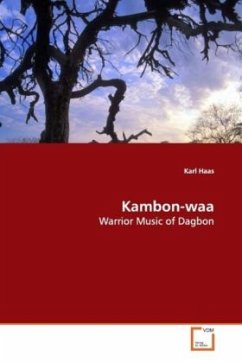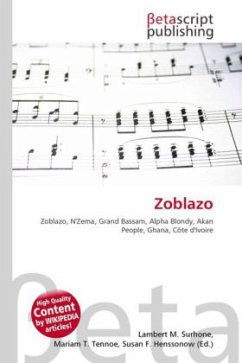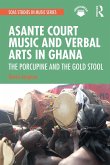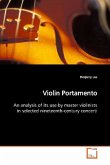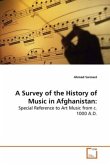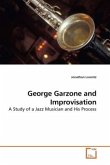In Ghana s Northern Region members of a Dagbamba
warrior lineage known as the Kambonsi perform a
traditional repertoire of drumming and dancing called
Kambon-waa. Through the performance of Kambon-waa the
participants of the event fulfill a religious and
civic obligation to drum, dance, and shoot muskets at
funerals for the repose of the spirit of the
deceased, while the musicians rhythmically and
melodically recount the history of the Kambonsi,
honor the warriors and chiefs of past and present,
and challenge those in attendance to right living
through the recitation of proverbs.
This monograph is based on fieldwork conducted in
Northern Ghana, documenting the musical tradition of
the Kambonsi through in-depth content analysis while
also examining its role in the larger performance
complex of the Dagbamba funeral.
Kambon-waa: Warrior Music of Dagbon is a
self-conscious, reflexive work containing an
exposition of the author s original theory of African
rhythm, which Mr. Haas has labeled Movable 1, all
the while casting a skeptical eye on contemporary
ethnography.
The present volume has much to offer students of
African music as well as traditional warrior
societies.
warrior lineage known as the Kambonsi perform a
traditional repertoire of drumming and dancing called
Kambon-waa. Through the performance of Kambon-waa the
participants of the event fulfill a religious and
civic obligation to drum, dance, and shoot muskets at
funerals for the repose of the spirit of the
deceased, while the musicians rhythmically and
melodically recount the history of the Kambonsi,
honor the warriors and chiefs of past and present,
and challenge those in attendance to right living
through the recitation of proverbs.
This monograph is based on fieldwork conducted in
Northern Ghana, documenting the musical tradition of
the Kambonsi through in-depth content analysis while
also examining its role in the larger performance
complex of the Dagbamba funeral.
Kambon-waa: Warrior Music of Dagbon is a
self-conscious, reflexive work containing an
exposition of the author s original theory of African
rhythm, which Mr. Haas has labeled Movable 1, all
the while casting a skeptical eye on contemporary
ethnography.
The present volume has much to offer students of
African music as well as traditional warrior
societies.

